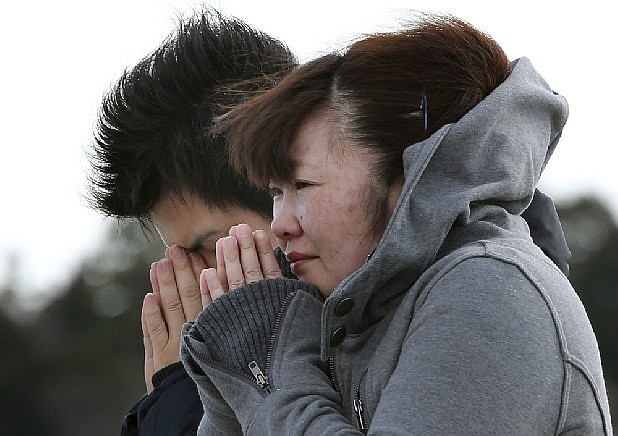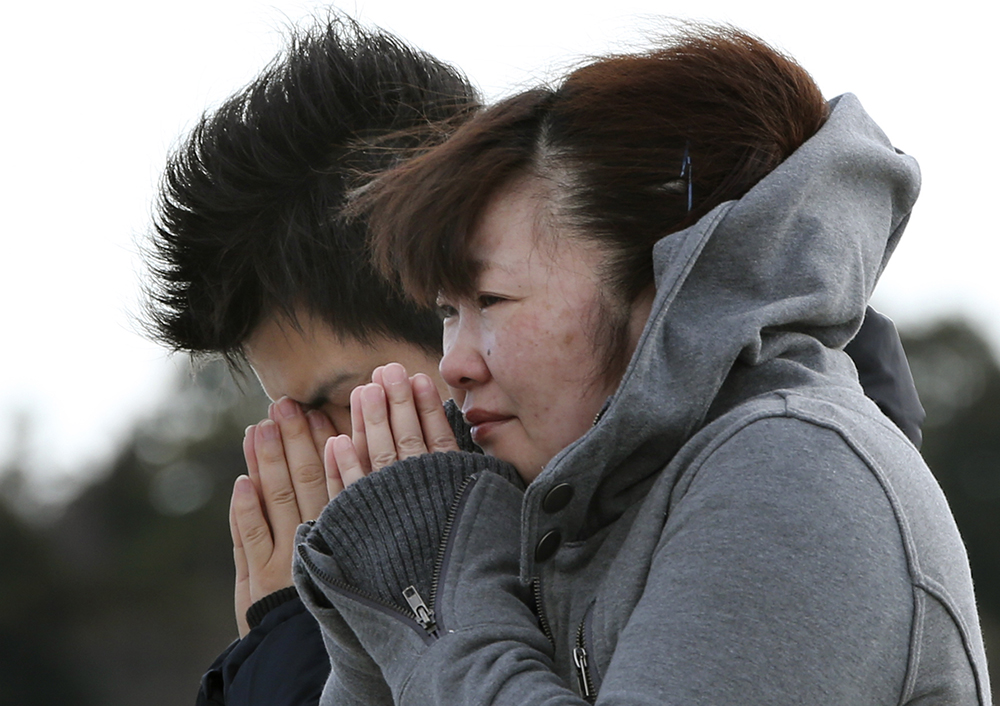Fukushima three years later
The Fukushima-Daiichi nuclear meltdowns in Japan following a 9.0 Richter-scale earthquake and a tsunami continue to provide us with lessons that we may or may not be heeding.
The primary lesson is that we must prepare even for happenings we think are safely out of the range of probability, like earthquakes and tsunamis, like wave after wave of tornadoes. At Fukushima, the plant had a dreaded "station blackout" crisis -- no power to control safety valves and emergency cooling systems.
In America, most nuclear plants have an emergency plan to deal with a station blackout of no more than four hours. The station blackout at Fukushima lasted 10 days.
But the lessons don't stop there. Cleaning up the site will cost tens of billions of dollars and take almost a half century. Communities for miles around the plant have been rendered uninhabitable for decades to come.
Then there are the places where people can live -- but not without cautions. Koriyama, a town 34 miles east of the Fukushima-Daiichi plant, is dotted with free-standing Geiger counters on sidewalks. Digital real-time readouts offer the radiation levels in red letters.
Indoor playgrounds prosper in Koriyama: The town's officials recommended shortly after the disaster that children up to 2 years old not spend more than 15 minutes outside each day. Those age 3 to 5 should limit their outdoor time to 30 minutes or less, officials said. The limits were lifted last year, but many kindergartens and nursery schools continue the rule because that's what parents want.
One lesson seems to be sticking -- at least in some places. Three years later, only two of Japan's 50 power reactors have received permits to restart. Germany decided to close its oldest nuclear power plants and shutter the remaining reactors by 2022.
The Ringgold 'eye in the sky'
I can see the headlines now: Ringgold drone catalogs mugshots at 1890s Day Jamboree.
That's not its intended purpose, of course. The pizza-box-sized, $1,200 gadget with four helicopter rotors and a built-in camera is supposed to make bird's-eye view photos of the town's fun events in order to promote tourism.
But don't tell that to the bubbas in the community. They'll have so much more fun with idea that they're being spied on.
UTC's doomsday defense
The University of Tennessee is to be commended for planning ahead and practicing for emergencies such as floods, shootings and other disasters.
But did the school's Emergency Operations Center really require the doubling of personnel in the Office of Safety and Risk Management and the expenditure of $232,918 for a center that still doesn't have an emergency generator to power its "17 computer-armed work stations, large television screens and a radio system?"
That said, keep practicing. It's definitely better to be prepared.

